What is a molcajete?
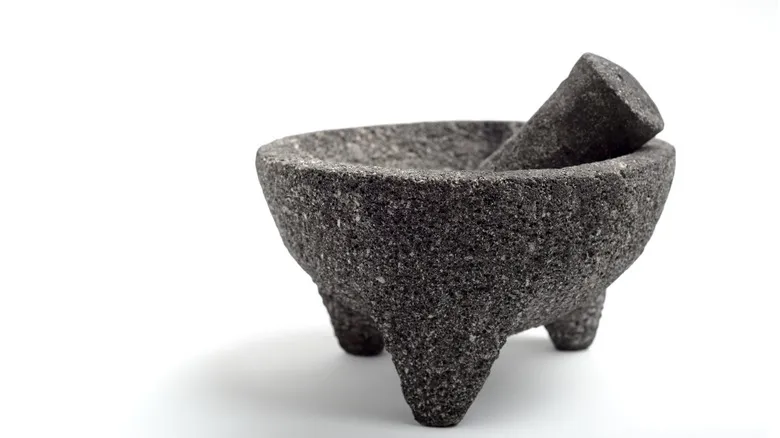
The molcajete has been a staple in Central America and Mexico for thousands of years. Typically crafted from durable, porous volcanic rock, it offers a unique texture. This material not only adds a roughness that enhances the grinding of ingredients but also imparts a subtle mineral taste to dishes. Additionally, the tiny cracks in the molcajete trap aromas, enriching the flavor of your food over time. Similar to seasoning a cast iron skillet, a new molcajete needs to be prepared by grinding grains to eliminate any stone residue.
The molcajete is preceded by the metate, a flatter and broader tool used primarily for grinding grains, particularly corn. While the metate is still in use, it has evolved into the bowl-shaped molcajete. Usually supported by three legs, this vessel can be adorned with decorative features and is often engraved with animal motifs. Beyond its essential role in various cuisines, molcajetes are also valued as cultural artifacts.
Most commonly, the molcajete is employed to prepare condiments such as salsas, guacamole, and the similar guacamole alternative guacachile, as well as for grinding spices, peppers, and seeds for mole. The friction and weight of the tool help release juices, alter textures, and express oils. When used manually, the molcajete provides precise control over texture, achieving the perfect consistency.
What is a mortar and pestle?
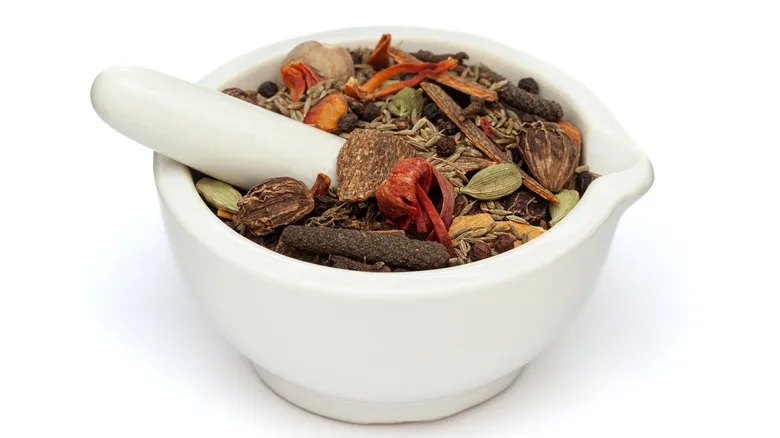
One of the oldest kitchen tools, the mortar and pestle, is both simple and ingenious. It consists of just two components: the rounded bowl, known as the mortar, and the rod-like pestle. Usually made from the same material, this device is designed for pounding various ingredients. What began as a method for crushing grains into consumable forms has evolved into a highly versatile tool. The mortar and pestle excels at grinding foods, utilizing a repetitive twisting motion that extracts oils and enhances flavors. Its efficiency in extraction has led to its use in both medicinal and industrial applications.
Available in various sizes, many mortar and pestle models tend to be on the smaller side, with a typical diameter of around six inches. They can be crafted from a range of materials, including granite, marble, brass, porcelain, and even wood. The textures can vary from rough, like the traditional molcajete, to smooth and polished. This diversity in materials and sizes reflects the wide array of uses for the mortar and pestle.
A common application for this tool is the grinding of spices, with many models specifically designed for this purpose. Whether it’s finely powdering saffron without compromising its flavor or creating aromatic spice blends, the mortar and pestle effectively combines spice notes to produce freshly ground seasonings. Additionally, it can be used to crush ingredients like garlic for juicing, as well as for preparing condiments, sauces, and marinades.
The molcajete is a specific type of mortar and pestle

Molcajetes are a specific type of mortar and pestle, and it's no surprise that they share similarities in both appearance and function. However, there are notable differences between the two. One key distinction is the volcanic material of the molcajete, which features a porous surface that isn't ideal for tasks like grinding garlic but excels at releasing flavors. The small holes in the molcajete can become blocked, prompting Mexican chefs to use separate molcajetes for wet and dry ingredients.
Additionally, the two tools differ physically. The molcajete typically has leg-like supports and is generally larger, with some models measuring over 15 inches in diameter and holding more than two gallons of ingredients. This size allows the molcajete to grind whole peppers, onions, garlic, and tomatoes at once, creating condiments in a single step. In contrast, the mortar and pestle usually handle smaller quantities that are later combined into a dish.
Thanks to its generous capacity, the molcajete can even serve as a dish itself, a feat that a mortar and pestle cannot achieve. A popular Mexican dish called molcajete mixtos features proteins, salsas, beans, vegetables, and more, all served directly in the molcajete. Aromatics are first ground in the vessel, infusing the final dish with rich flavors, and the molcajete is heated for an impressive presentation. These characteristics highlight the unique benefits of each tool, making it worthwhile to consider adding both to your kitchen arsenal to elevate your culinary creations.
Recommended
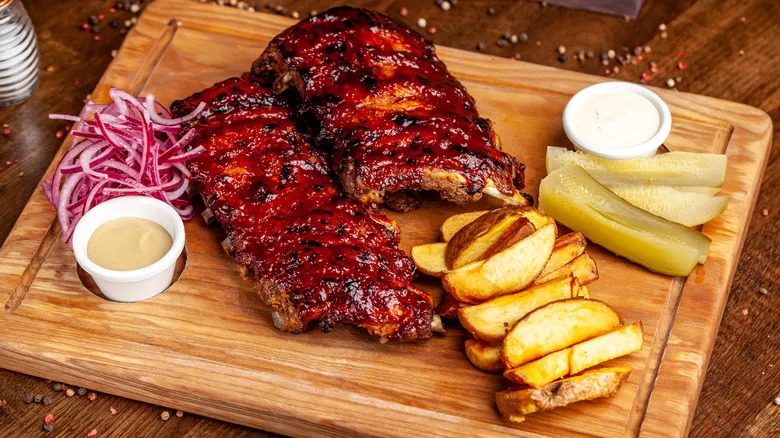
Your Air Fryer Is Key To Making Fall-Off-The-Bone Ribs
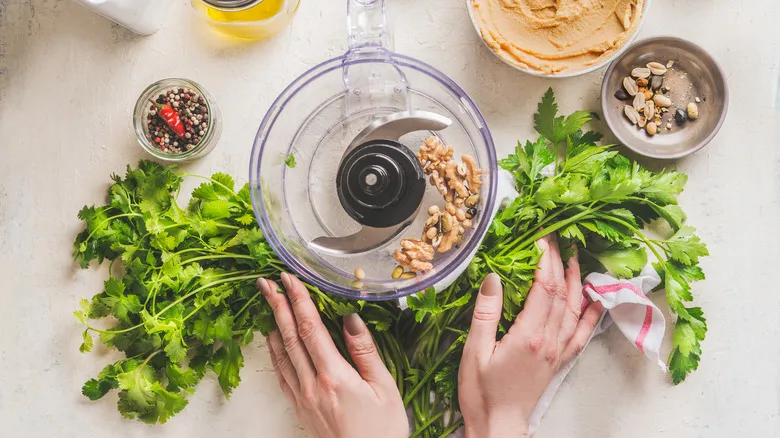
The Right Time To Use A Food Processor Vs Blender
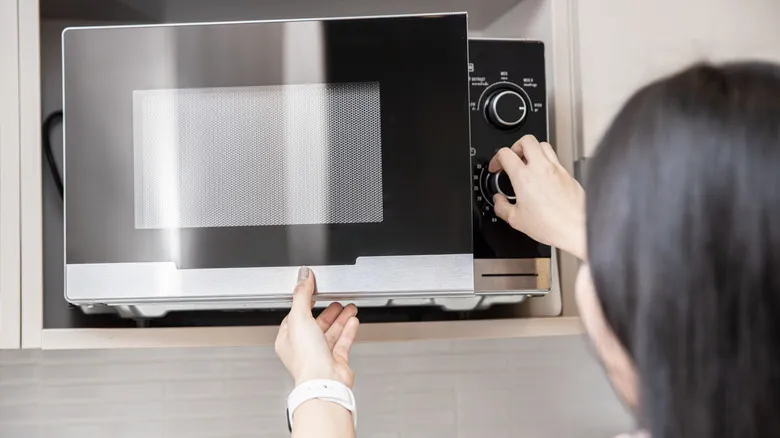
There's One Button On Your Microwave That Will Change The Way You Use It Forever
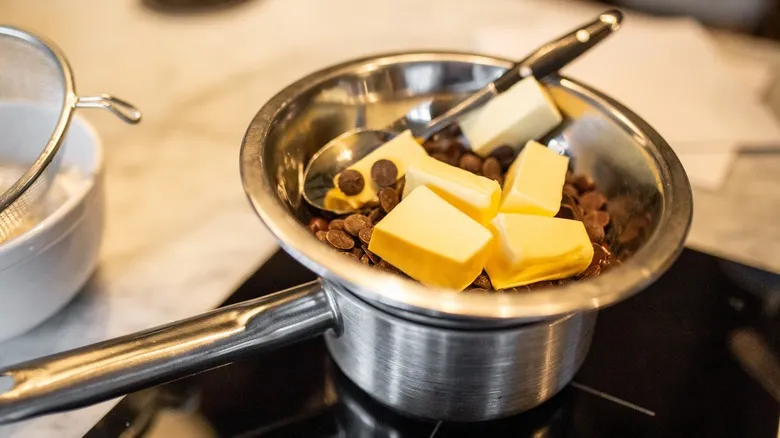
How To Choose The Right Bowl For Your Double Boiler
Next up

